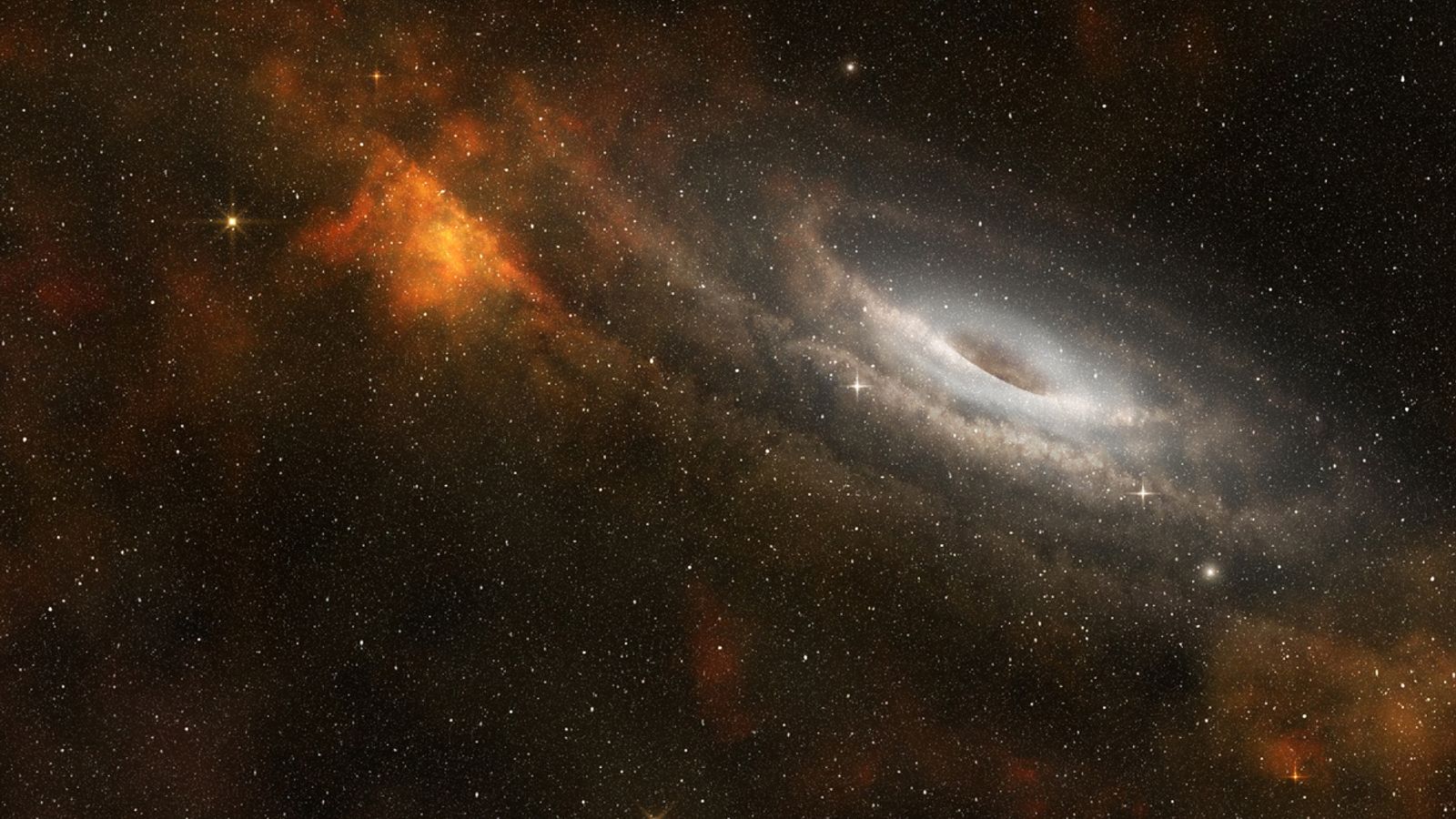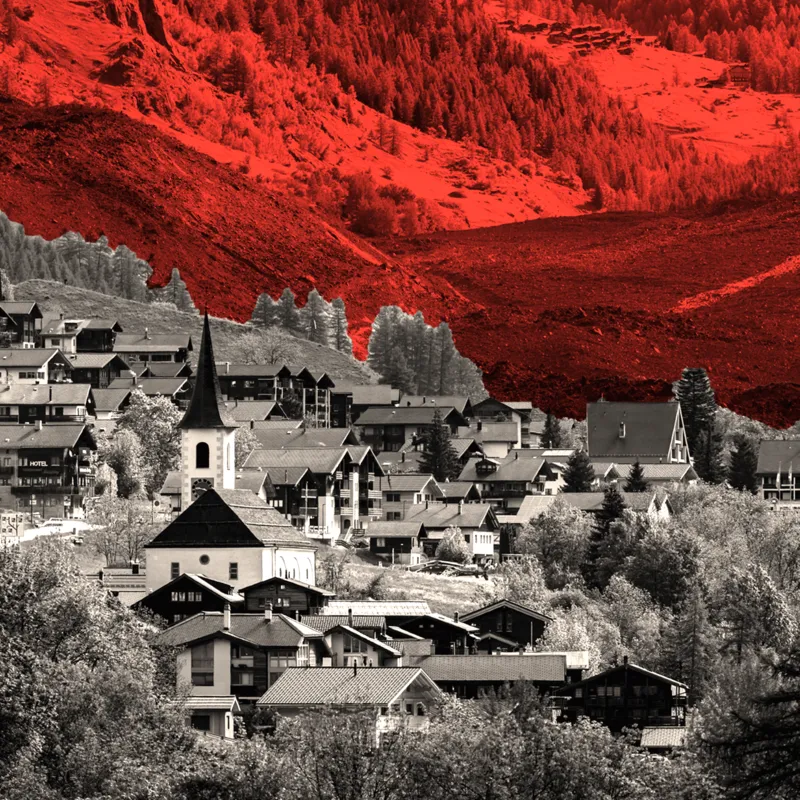Ancient distant galaxy GS-9209 thought to have supermassive black hole in centre
The James Webb Space Telescope allows astronomers to uncover the secrets of the star system that was formed about 600 to 800 million years after the Big Bang.

Scientists have worked out the properties of an ancient galaxy 25 million light years away, believing it to have a supermassive black hole at its centre.
The astronomers used the James Webb Space Telescope - the most powerful telescope ever built - to look in detail at the galaxy GS-9209, which was born about 600 to 800 million years after the Big Bang, which itself happened some 14 billion years ago.
The researchers determined that no stars had formed in the galaxy for half a billion years leading them to believe the supermassive black hole - which is five times bigger than anticipated in such a galaxy - killed new star formation.
This is because supermassive black holes release huge amounts of high-energy radiation when they grow and this can heat up and push gas out of galaxies.
According to the researchers led by University of Edinburgh experts, the black hole could have caused star formation in GS-9209 to stop, as stars form when clouds of dust and gas particles inside galaxies collapse under their own weight.
Despite the dearth of newly formed stars in what is termed a quiescent galaxy, GS-9209 currently has a similar number of stars to the Milky Way, even though the newly discovered one is 10 times smaller than ours.
Stars in the making pictured in images 'no one has ever seen before' as astronomers build 'space atlas'
Lead researcher Dr Adam Carnall, of the University of Edinburgh's School of Physics and Astronomy, said: "This work gives us our first really detailed look at the properties of these early galaxies, charting in detail the history of GS-9209, which managed to form as many stars as our own Milky Way in just 800 million years after the Big Bang.
"The fact that we also see a very massive black hole in this galaxy was a big surprise, and lends a lot of weight to the idea that these black holes are what shut down star formation in early galaxies.
"The James Webb Space Telescope has already demonstrated that galaxies were growing larger and earlier than we ever suspected during the first billion years of cosmic history."
GS-9209 was first discovered in 2004 by Edinburgh PhD student Karina Caputi.
-sky news






